
My mom made me promise that I wouldn’t go to Palestine when I told her I was going to Israel. I agreed, knowing full well that I would go anyways. The Middle East was on my “bucket list” for as long as I could remember (I represented Israel in Model UN!), but it wasn’t until recently that I finally made the trip happen.
I knew the name Palestine. A friend from college spent a summer studying in Ramallah and the owners of my local corner store hailed from the nation. But even then I had no concrete concept of the Israel-Palestine conflict.
Editor’s Note: This post was written several years before the war between Israel and Hamas.
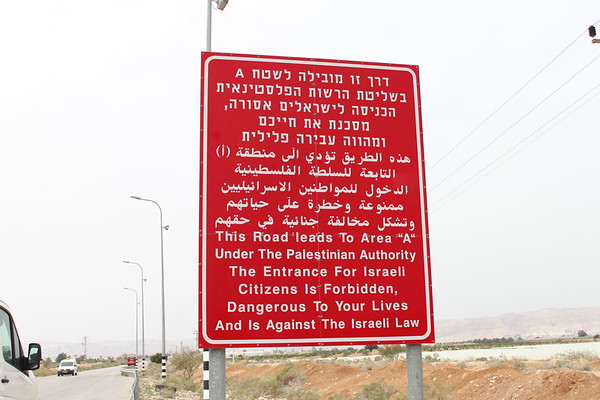
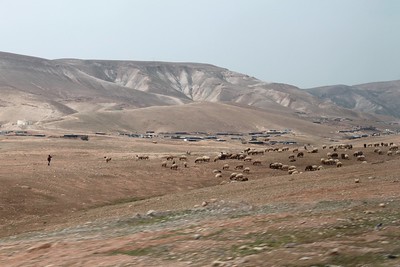
When I was in Tel Aviv, I booked myself a day trip with Abraham Tours to see what this land worth fighting for was all about. In order for this post to make any sense, you need some background information. The West Bank is one of three Palestinian Territories, including the Golan Heights and the Gaza Strip.
The former is the only one open to tourists and the city of Jerusalem is home to both Israelis and Palestinians. There’s a lot of history and backstory to the current arrangement, but needless to say, it’s complicated. To give you a sense of just how much, we had to pick up our guide, a Palestinian, on the side of the road outside of Jerusalem proper since he couldn’t enter the city center.

Our journey started at the Jordan River – Baptism Site, “Bethany Beyond the Jordan,” the river site on the border between Palestine and Jordan where Jesus was baptized. A number of tour buses stop here and some even hold church services. But we were warned not to wade further than the rope marker at risk of being arrested for an illegal border crossing.

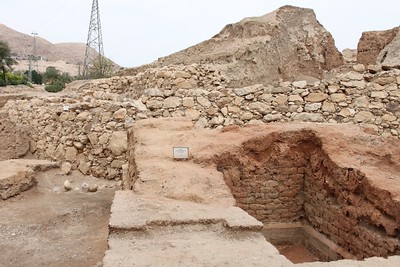
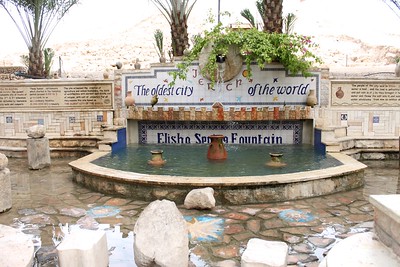
The next stop was Jericho, another important city from the Bible, where the book says the walls came down because of the trumpets and horns of Joshua. Other stories from the city include where Zaccheus the tax collector watched Jesus speak and where Jesus faced temptation with Satan on the mountain.
It’s also the oldest continuously inhabited city in the world and the archaeological sites there have found countless artifacts from the time of Herod and beyond at Tel Jericho. A Chinese company set up a cable car to the top of the mountain for visitors.

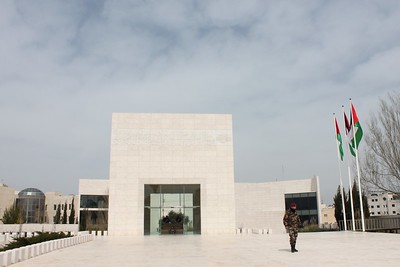
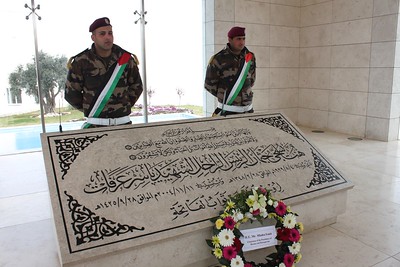
I’m not sure what I expected the cities of Palestine to look like, but Ramallah surprised me. It could have been located in any other Middle Eastern city. We first paid our respects at the Arafat Mausoleum, the final resting place of the president of the Palestinian National Authority, who died of a stroke in 2004. I remember seeing him on television growing up, wearing his signature checkered scarf.

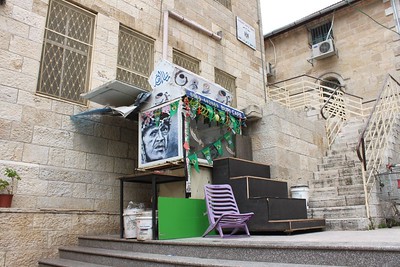
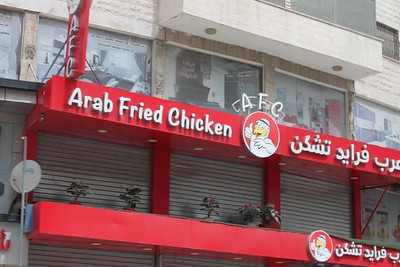
Our guide brought us to the market, where people told us “welcome” in near-perfect English, not to sell us items, but genuinely welcoming. The produce they sold was the best I’ve ever seen or tasted, the freshest oranges. There were dozens of knockoffs of Western brands like SabWay, Arab Fried Chicken, and Stars & Bucks Cafe.

Our group shared a meal at a local restaurant, chowing down on hummus, tabbouleh, and knafa, a Palestinian dessert made with cheese. There was even Palestinian-made beer! Our final visit of the day was to Bethlehem, a place with significance to the Christian faith as the site of the birth of Jesus.
The Church of Nativity is said to be built on the site of the manger. A small set of stairs lead you down to the holy site. Like its counterpart in Jerusalem, access to the church is shared between various sects.

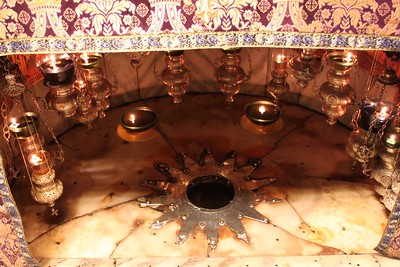
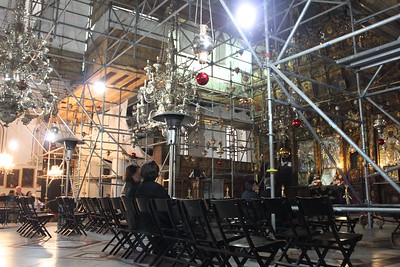
It’s also a popular spot to see the works of infamous street artist Banksy, whose work I’ve seen in London, New York, and Sydney. The Walled Off Hotel sits in the shadow of the Israeli West Bank barrier, built in 2002 to allegedly ward off suicide bombers. The hotel has rooms decorated in his signature political style, including a dorm room. It has tea service and a museum, which charges 50 shekels for entry.

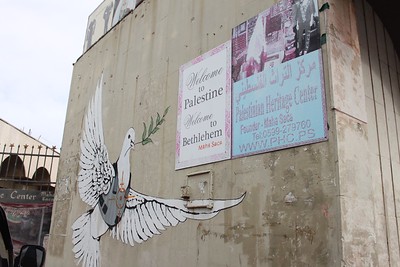
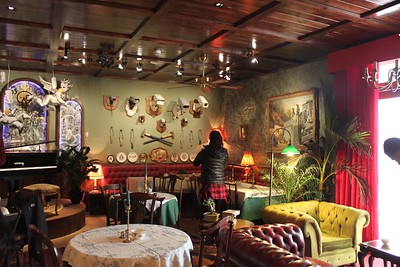
You can leave your own mark on the wall, as others have, using spray paint purchased from the store across the street. Political messages line the concrete, including those against the current American president. Seeing the wall reminded me of my visit to Berlin and made me think about the future of my own country’s borders.

Final Thoughts
Based on the news, you would certainly think Palestine is a dangerous place. And our guide mentioned air strikes the night before we got there. You never know when the political climate will change. But you certainly don’t have to worry about your safety in terms of the Palestinian people.
They are some of the kindest I’ve met in my travels and I would gladly return. See the place yourself before making up your mind. If you do decide to go, I recommend dressing conservatively as it’s a majority Muslim country. I wore a long dress with a shirt that covered my shoulders and packed a jacket as well in order to visit the holy sites.
My personal opinions are long-winded and could take up another 1,000 words, so I’ll save them for another day. There are lots of books out there by people much smarter than me, so I’ll leave you with some recommended reading. Do your own research about the conflict.
- The Bible– No matter your faith or beliefs, the text is a historical document that can shed light on some of the places you’ll visit in Palestine.
- Travel As a Political Act, Rick Steves– While not about Palestine specifically, this book by the leading travel expert is a must-read for understanding the role you play as a traveler.
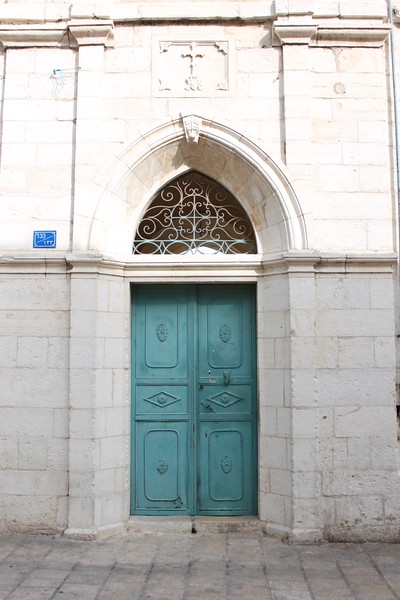
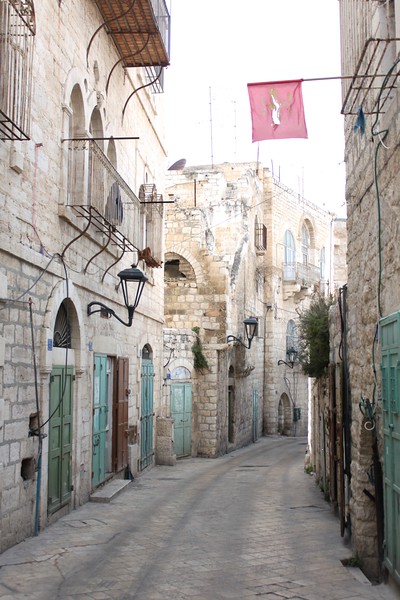
If You Go
I traveled to the West Bank with Abraham Tours’ Best of the West Bank tour, which lasts all day and costs around $118 USD. They also run an excellent tour of Hebron that shares both perspectives. You can certainly visit on your own by catching the bus from Damascus Gate, which runs to Ramallah and stops at checkpoints along the way.
Shared taxis are available for onward travel. Give yourself plenty of time to make this journey. Hotels are common and Ramallah even has a hostel. There are no airports in Palestine, so travel is difficult for locals and tourists. Flights are available from Amman, Jordan and Tel Aviv, Israel, but you may be asked about your travels in Palestine at Israeli customs, so be prepared.
Leave a Reply